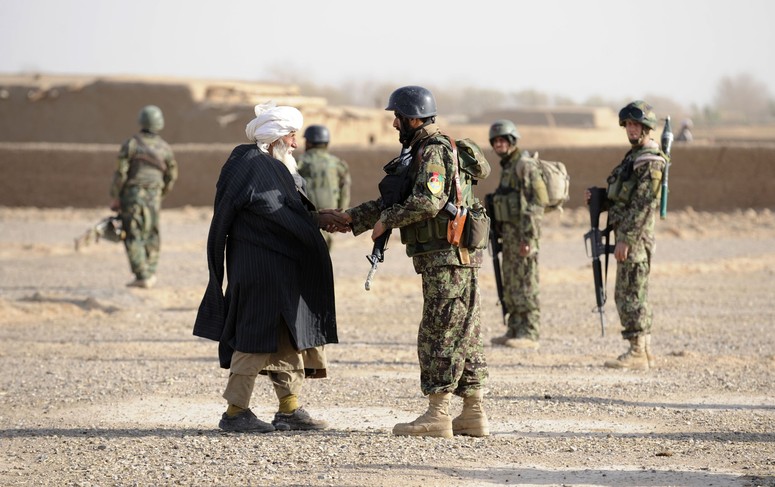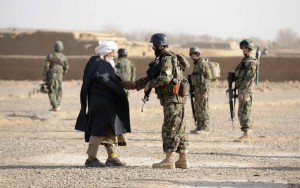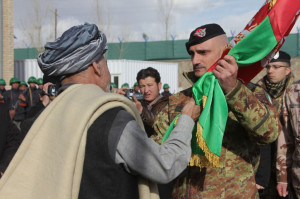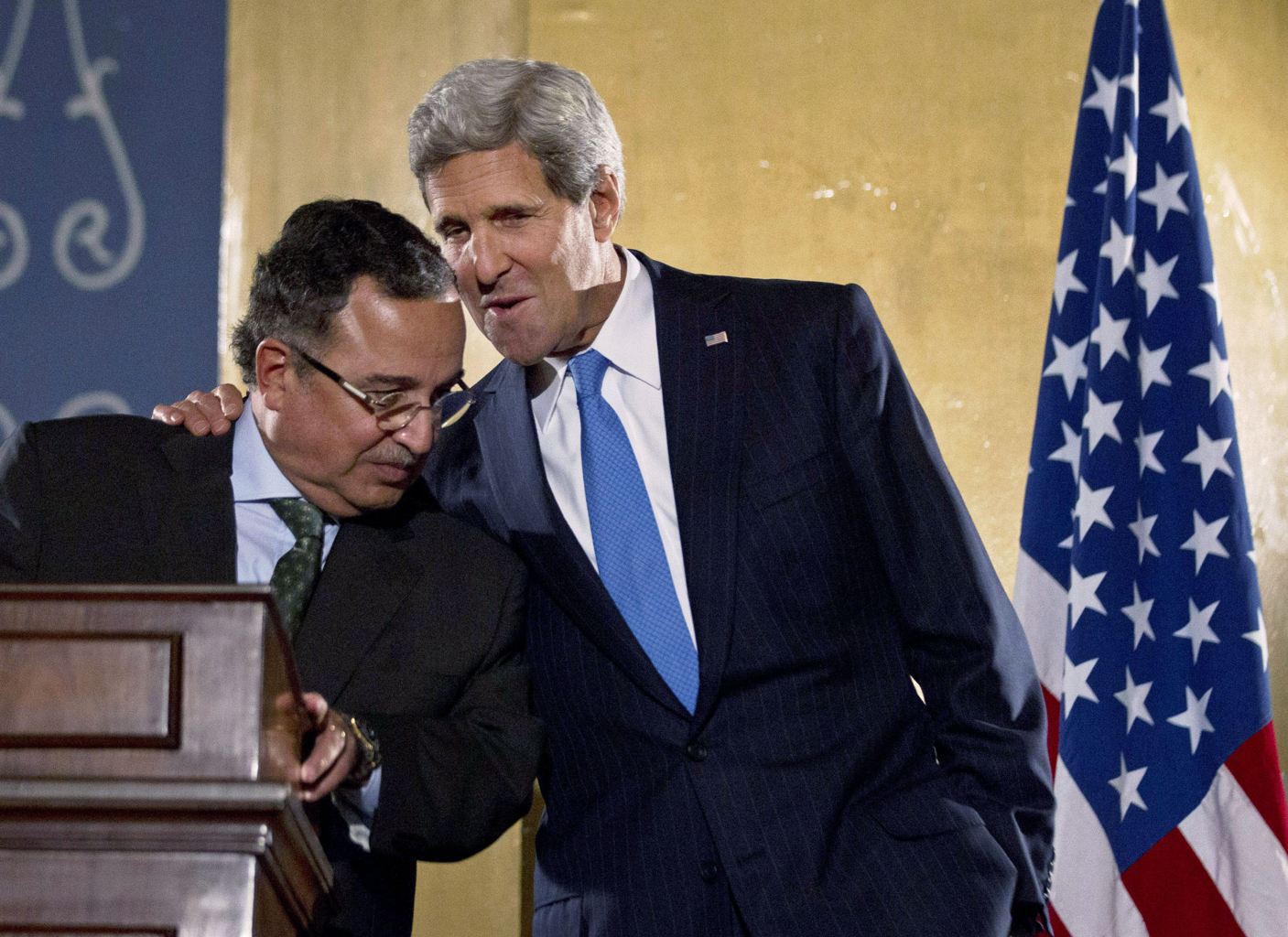In 2003, NATO launched its wide-ranging security mission throughout Afghanistan with the expansion of its International Security Assistance Force (ISAF). This was the first major out of area deployment, and the first time the Alliance invoked Article 5, which states that if a NATO Ally is the victim of an armed attack, every other member will consider this act of violence as an armed attack against all members For these reasons, some viewed this mission as a key test of NATO’s capabilities and relevance in the post Cold War world. As the mission is still ongoing, there is no observable final outcome to explain or one explicit lesson to draw from; thus the debate emerges as to what lessons NATO has learned and can learn from its decade long mission in Afghanistan.
Lesson 1: Cultural Awareness and Understanding of the Environment
Cultural Awareness is critical for any force operating in a foreign country, especially when operating under a population centric counterinsurgency (COIN) campaign. Understanding the cultural aspects of an operational environment means examining the local history, religion, customs, laws, values, hierarchies, beliefs, attitudes, experience, amoung other factors. These aspects combined create a living body of cultural knowledge, which must be constantly updated over time using both direct and indirect knowledge. In the early years of the ISAF mission there was a failure to recognize, acknowledge, and accurately define the operational environment.
The traditional intelligence effort tended to focus on enemy insurgents, insurgent attacks, and the use of improvised explosive devices, while information about the civilian population was often neglected. With the adoption of the population-centric COIN approach, more importance was placed on protecting and interacting with the civilian population. The key lesson here is that there is no substitute for direct interaction with the population, to fully understand an environment and the people who live in it. COIN forces learned that operations such as patrols, meetings (shuras), and Key Leader Engagement (KLE’s) were largely successful at gaining support of the local populations and receiving critical information, which helped their overall cultural and situational awareness.
Lesson 2: Finding a Balance Between the Use of Force and Protection of Civilians
A difficult aspect of the COIN operations is achieving the delicate balance between killing insurgents, and keeping both the local population and your own forces safe. COIN operations aim to mobilize the support of the people against the insurgents, so the populace should feel protected, not threatened by COIN forces actions and operations. In 2009, General McChrystal’s initial assessment of the mission highlighted that the ISAF was pre-occupied with the protection of its own forces, distancing itself, both physically and psychologically from the people they were supposed to protect. Most of the units stationed at Forward Operating Bases undertook daily patrols or missions and would return to base at night. This did not allow them to provide constant security and protection of the local population which is a mainstay of COIN doctrine.
Another important rule for COIN operations is that the use of force must be seen as legitimate by the local population, and must be appropriate and proportional to the threat. Every time the ISAF causes civilian casualties (CIVCAS) it undermines its trust and credibility with the local population. Since 2009 however, the tactical directives have placed dealing with the presence of civilians at the center of every decision using force. This tactical change limits the amount of CIVCAS, while attempting to gain the trust of the civilian population.
Lesson 3: The Importance of Understanding the Political Considerations of the Host Nation
The focus of the military may be protecting the general population and neutralizing insurgents, but for the mission as a whole to be successful, political control, good governance and an effective political process need to be established. Military planners can select the ‘right’ strategy but the overall COIN mission can fail if the local populace believes that the central government is illegitimate and corrupt, or if the counterinsurgents ignore the population’s demands for power sharing. ISAF and Western governments assumed that Western political interests would align with that of the host nation. Their envisioned outcome for Afghanistan included a strong central government, despite there being no record of such a government in Afghan history, nor a broad popular support for such a system of government. They also failed to realize the historical rejection or hostility to foreign interference and control, as well as the deep seated tribal and ethnic fissures in Afghanistan. In the end, ISAF learned an important lesson that you cannot implement a democracy from the outside.
Lesson 4: Taking a Comprehensive Approach
A comprehensive approach is one of the keys to success, as historically shown; an insurgency cannot be defeated by military action alone. Contemporary conflict is much different from the conventional warfare of the past. As demonstrated by ISAF, the asymmetric style of warfare fought in Afghanistan is constantly changing, and military forces fighting in this sort of environment must constantly learn to adapt. The initial strategy of targeting and rooting out insurgents evolved into the population-centric COIN strategy. This strategy uses tactics such as Village Stability Operations to work closely with the local population to understand their grievances and issues. They learned to use tactical patience and alternatives, such as using a sniper instead of an airstrike to kill an insurgent hiding amoung civilians. They experimented with Provincial Reconstruction Teams, which focus on reconstruction and development rather than fighting. Perhaps the most important lesson drawn from the comprehensive approach is that counterinsurgency takes time to restore security and to get political processes back on track, while addressing the root causes of the grievances that prompted the insurgency in the first place.
Counterinsurgency is not a simple task, but when this conflict comes to an end it will be important for NATO to evaluate its mission and use the valuable lessons learned in future operations.






